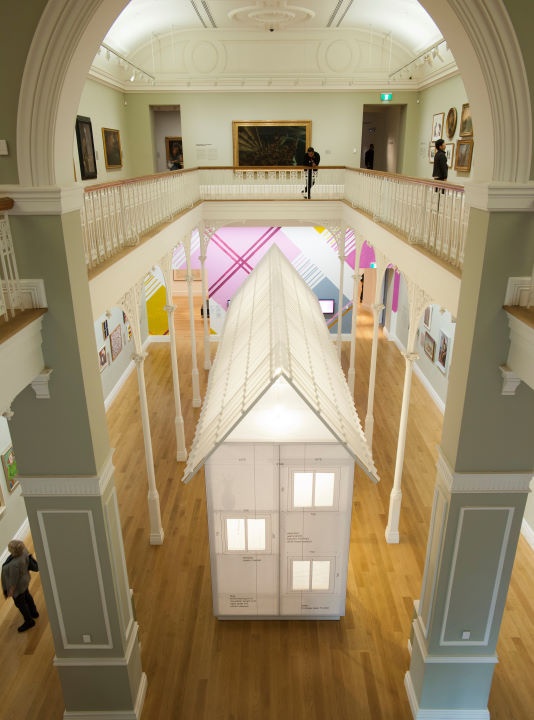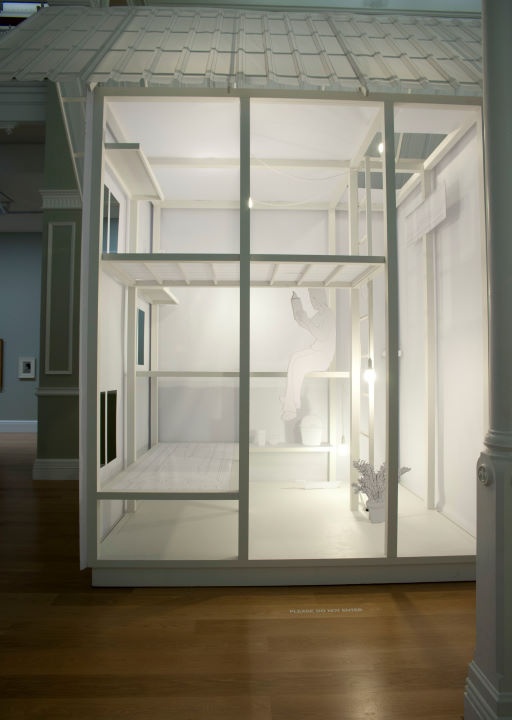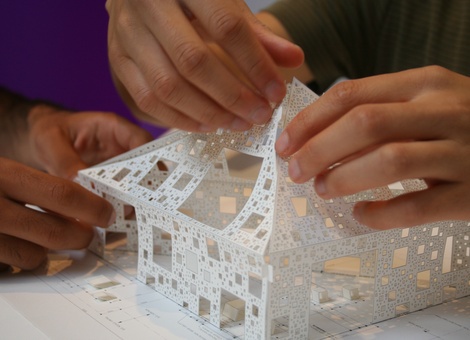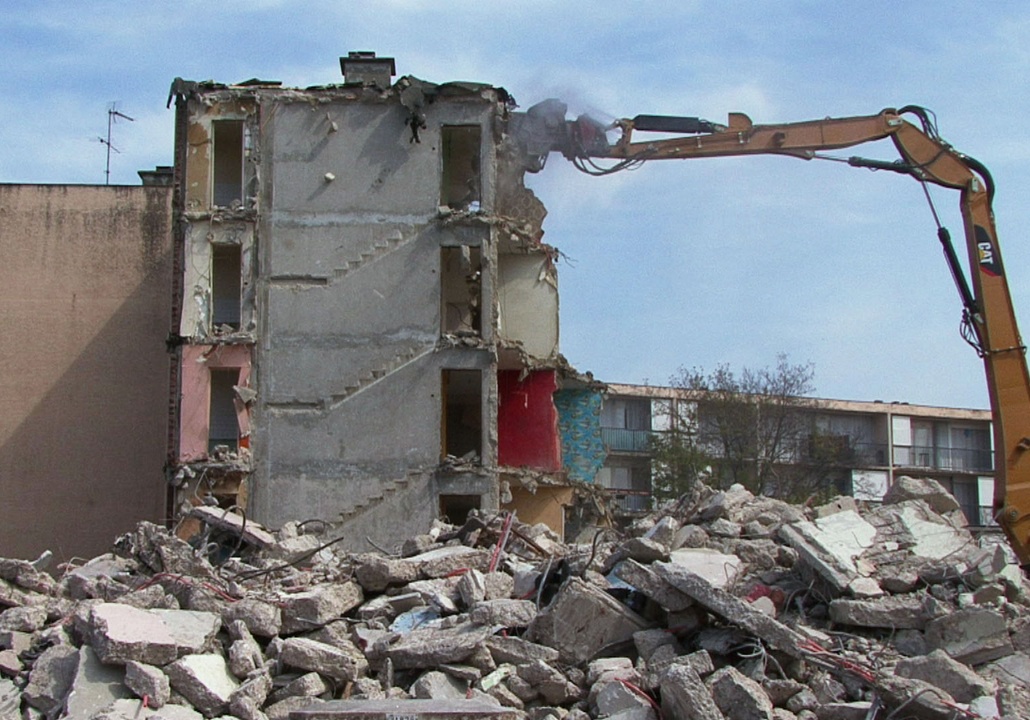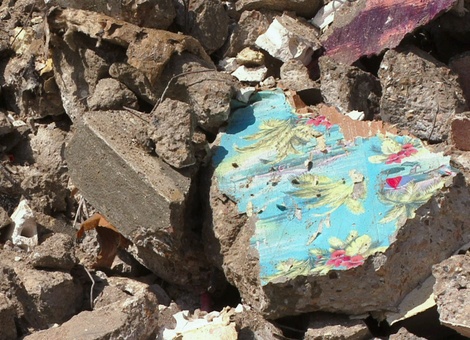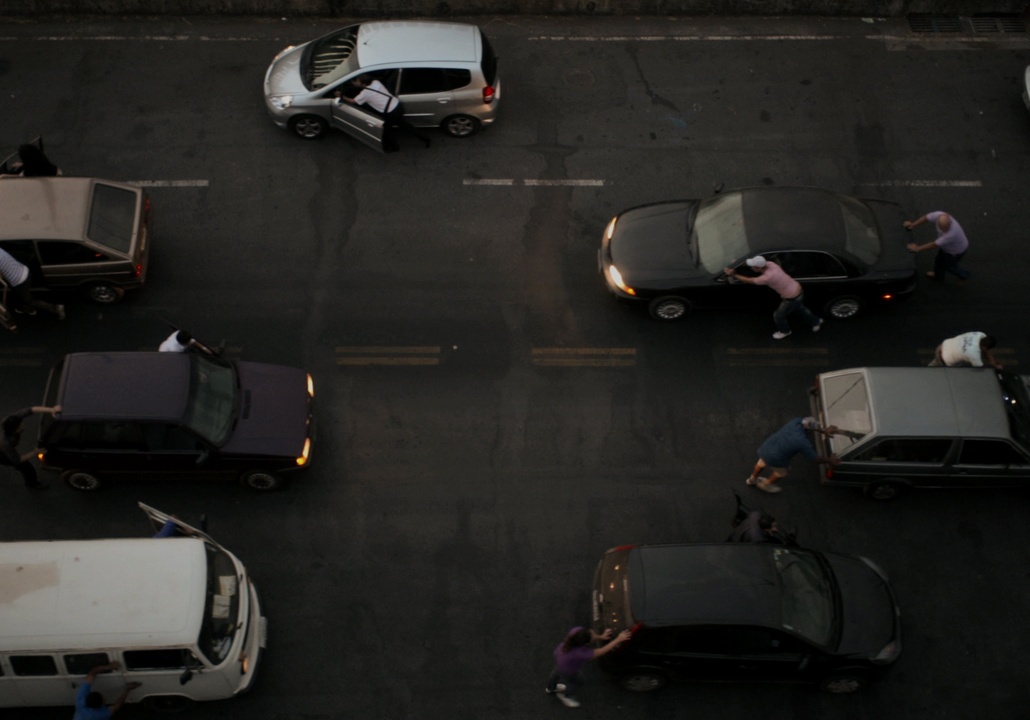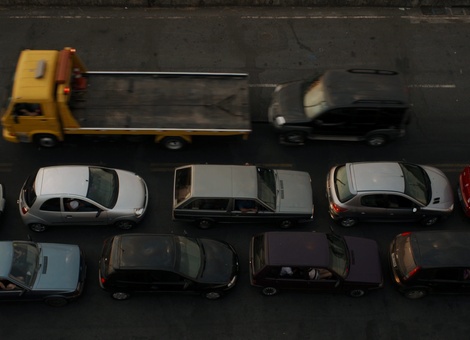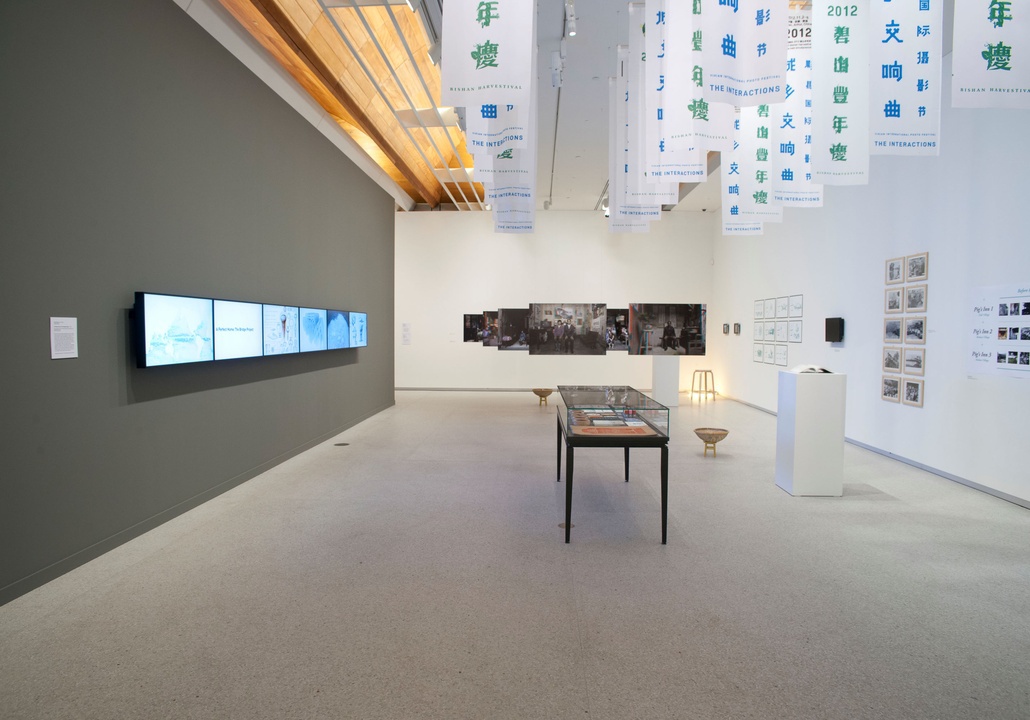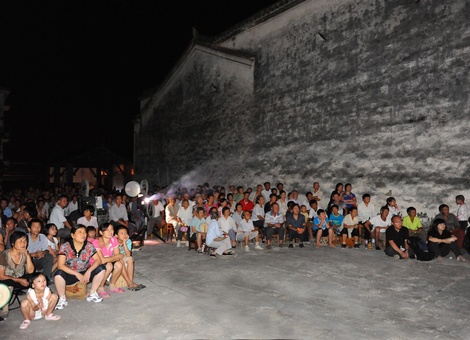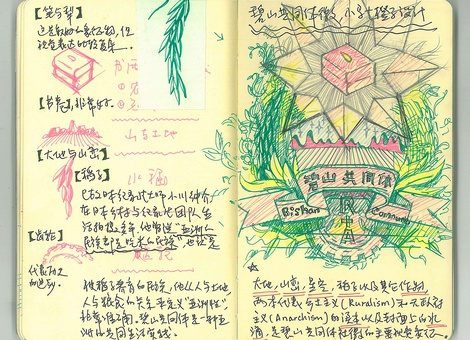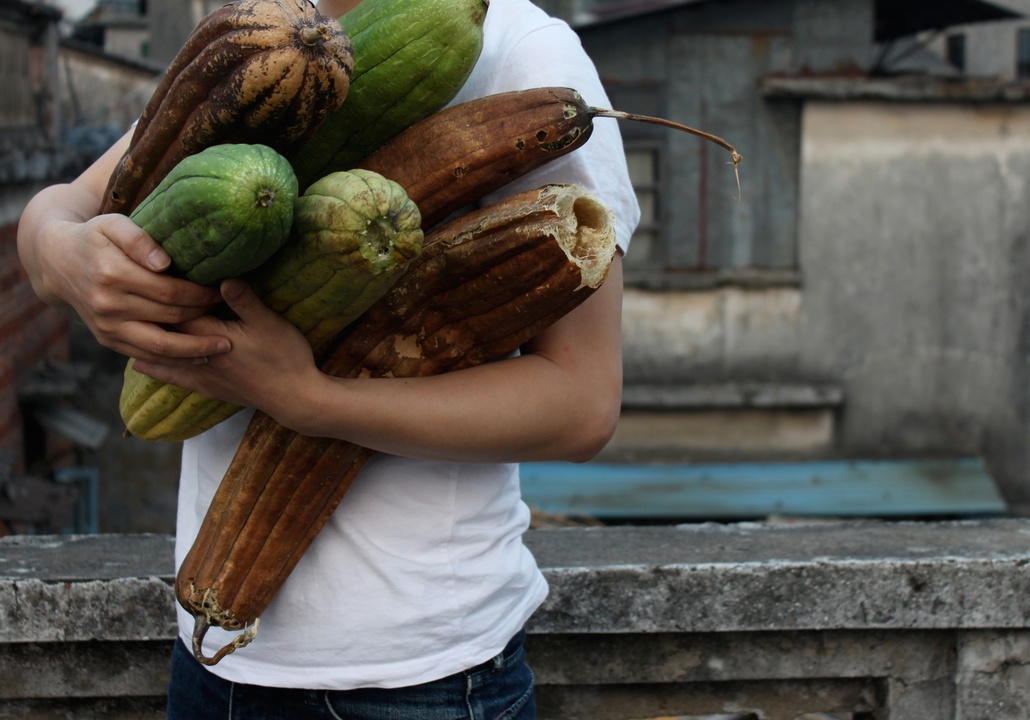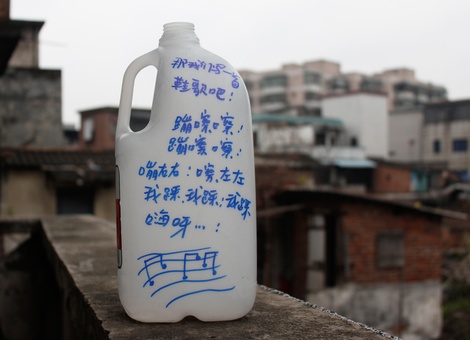Bruno Serralongue
Venue
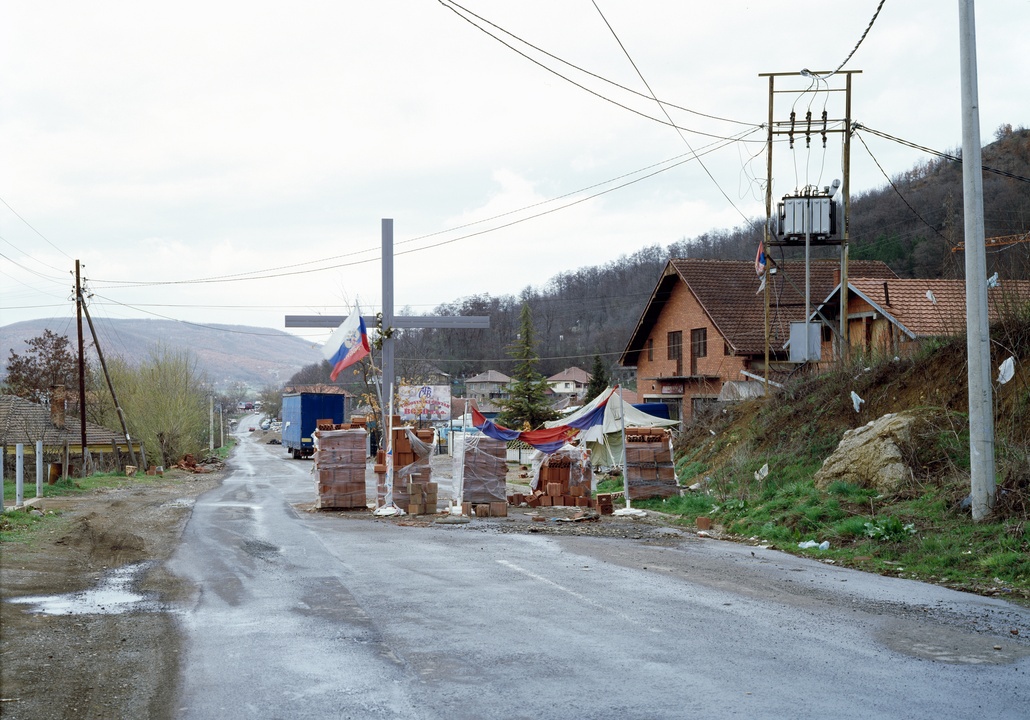
Barricade # 2 (Mitroviça dans la partie serbe de la ville), Kosovo, 7 avril 2012
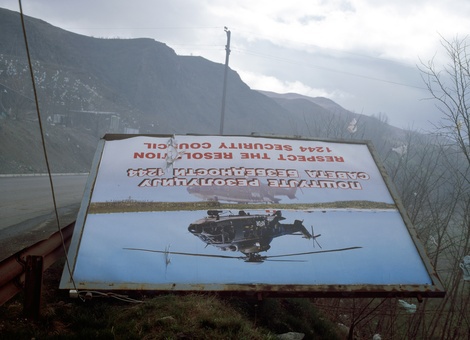
Au nord de Mitroviça sur la route menant à la Serbie, Kosovo, 8 avril 2012
Born 1968, Châtellerault, France
Lives and works in Paris, France
Bruno Serralongue’s images show the lesser events on the margins of major events and provide alternatives to the linear narrative of news reports of photo essays. Employing a photojournalistic technique Bruno Serralongue has captured important long-lasting geo-political conflicts in countries including Kosova, Sudan and Tibet as well as concerts, summits, forums, and demonstrations. His recent bodies of work reveal the effects of globalisation on those in developing countries.
http://www.brunoserralongue.com/
Selected exhibitions (solo):
South Sudan Series, Francesca Pia gallery, Zurich, 2013; Histoire des avant-dernières luttes, Air de Paris Gallery, Paris, 2012; Feu de camp, Jeu de Paume, Paris, 2010, Bruno Serralongue, Wiels, Brussels, 2009; Backdraft, Centre of Photography, Geneva, 2007. Selected exhibitions (group): Newtopia, The State of Human Right, Mechelen, Belgium, 2012; Oceans and Campfires: Allan Sekula and Bruno Serralongue, San Francisco Art Institute, 2011; Project Europa – Imagining the (Im)possible, Harn Museum of Art, Florida, 2010; Uneven Geographies, Nottingham Contemporary, 2010; Street & Studio: An Urban History of Photographic Portraiture, Tate Modern, London, 2008; 6th Gwangju Biennale, 2006
’[Serralongue] affirms that the only objectivity we have today is an artistic objectivity.’
Pascal Beausse
1998-1999, musée du Kosovo, Pristina, septembre
2009
ArtspaceIlfochrome print mounted on aluminium, frame with glass
1270 x 1590 mm
courtesy of the artist and Air de Paris, Paris
«Travaillons ensemble», Pristina, Kosovo, 8 novembre
2010
ArtspaceIlfochrome print mounted on aluminium, frame with glass
1270 x 1590 mm
courtesy of the artist and Air de Paris, Paris
Locations Artspace 1998-1999, musée du Kosovo, Pristina, septembre 2009 Artspace Ilfochrome print mo
2011
ArtspaceIlfochrome print mounted on aluminium, frame with glass
1270 x 1590 mm
courtesy of the artist and Kadist Art Foundation, Paris
Barricade # 2 (Mitroviça dans la partie serbe de la ville), Kosovo, 7 avril
2012
ArtspaceIlfochrome print mounted on aluminium, frame with glass
1270 x 1590 mm
courtesy of the artist and Kadist Art Foundation, Paris
«Kosovo is serbian Alamo», barricade # 2, Mitroviça, Kosovo, 7 avril
2012
ArtspaceIlfochrome print mounted on aluminium, frame with glass
520 x 630 mm
courtesy of the artist and Air de Paris, Paris
Au nord de Mitroviça sur la route menant à la Serbie, Kosovo, 8 avril
2012
ArtspaceIlfochrome print mounted on aluminium, frame with glass
520 x 630 mm
courtesy of the artist and Air de Paris, Paris
Journaliers (Bosch), Pristina, Kosovo, 11 avril
2012
Artspacediptych, Ilfochrome print mounted on aluminium, frame with glass
520 x 630 mm
courtesy of the artist and Air de Paris, Paris
Journalier (Bosch), Pristina, Kosovo, 11 avril
2012
Artspacellfochrome print mounted on aluminium, frame with glass
520 x 630 mm
courtesy of the artist and Air de Paris, Paris
Journaliers (bûcherons), Mitroviça, Kosovo, 9 avril
2012
ArtspaceIlfochrome print mounted on aluminium, frame with glass
520 x 630 mm
courtesy of the artist and Air de Paris, Paris
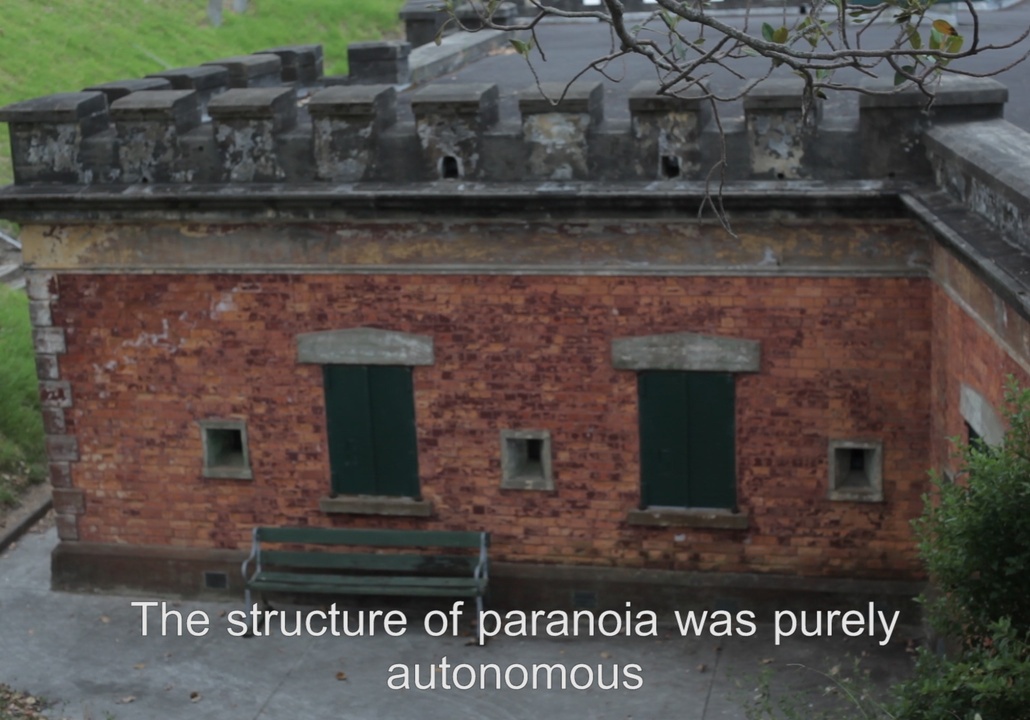
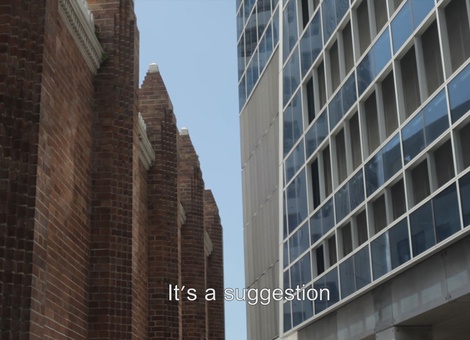
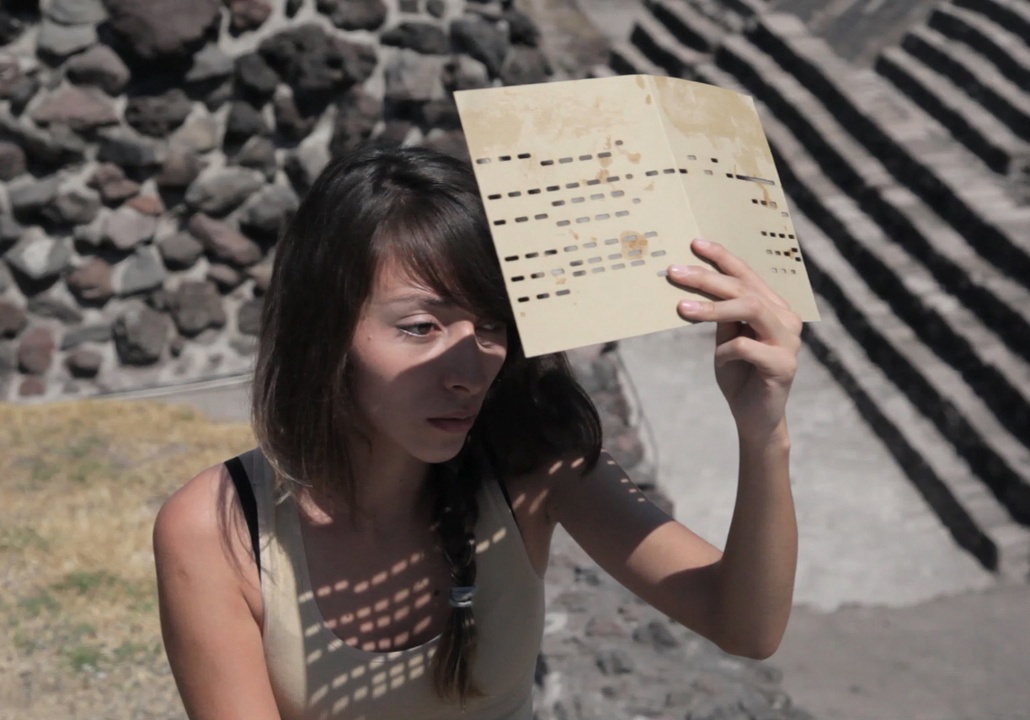
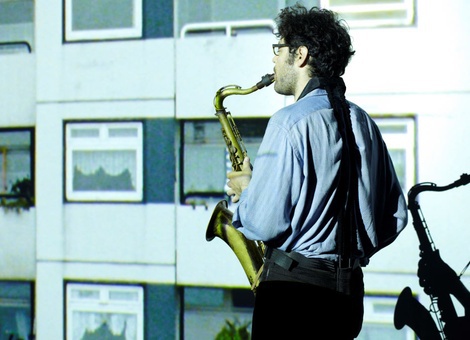
![test pattern [live set], 2008, photograph by Liz Hingley](/media/cache/a8/4a/a84ad52470801916c2979ab95304940f.jpg)
![A [for 6 silos]](/media/cache/2c/f4/2cf4a025b3b51f1fde293c244295a466.png)
